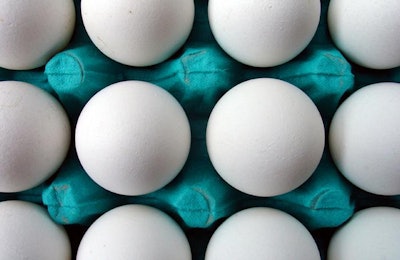
Cal-Maine Foods has three main priorities of how to use the company’s cash on hand, Cal-Maine Chief Financial Officer Tim Dawson said on June 7.
Dawson, who will retire from Cal-Maine Foods in October, shared details about the egg company’s finances while speaking during the Baird’s 2018 Global Consumer, Technology & Services Conference. Among those details shared was that around the end of March, the company had about $283 million dollars in available cash.
Dawson told conference attendees that there are three areas in which the company would like to use the money. They are:
1. Variable dividend
“One of the things that has worked very well for us through the years is our variable dividend policy,” said Dawson.
According to that policy, Cal-Maine Foods pays one-third of its net income as a cash dividend each quarter.
“I think that’s something that’s been well accepted by our shareholder base,” he added.
2. Acquisition of existing egg capacity
Cal-Maine Foods, which is the largest egg company in the United States, has reached its current size largely due to acquisitions. Since 1989, the company has completed 20 acquisitions. Among the most recent acquisitions are Foodonics International in 2016 and Happy Hen Egg Farms in 2017.
Cal-Maine Foods CEO Dolph Baker said at the conference that it would like to further grow through acquisitions, citing that many egg companies are family owned and acquisition opportunities arise on occasion with generational turnover.
“We do have that cash available to us to make acquisitions if those opportunities arise,” Dawson added.
3. Selected capital expansion of cage-free egg capacity
A lot of Cal-Maine Foods’ capital investment over the last five years has been to expand its production capacity to increase its ability to produce cage-free egg products, Dawson said.
The company did “suspend that capital program significantly in 2017,” and only finished existing related projects at that point in time.
However, Dawson said that as the supply-demand situation for cage-free eggs improves, the company will likely increase its capital spending in that area.


















